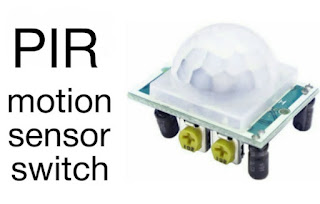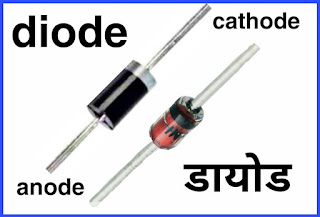2N2222 transistor datasheet pinout

2N2222 transistor Datasheet pinout 2N2222 NPN Transistor Datasheet, pinout, features and more **General Description:** The 2N2222 is an NPN bipolar junction transistor designed for general-purpose amplification and switching applications. It is commonly used in a wide range of electronic circuits due to its versatility and reliability. **Features:** - NPN silicon transistor - Low power, high gain - Collector current (IC): 800mA - Collector-base voltage (VCBO): 75V - Collector-emitter voltage (VCEO): 40V - Emitter-base voltage (VEBO): 6V - Transition frequency (ft): 250 MHz (typical) - Low noise and distortion - TO-92 package for easy mounting **Pin Configuration:** - Collector (C) - Base (B) - Emitter (E) **Absolute Maximum Ratings:** - Collector-base voltage (VCBO): 75V - Collector-emitter voltage (VCEO): 40V - Emitter-base voltage (VEBO): 6V - Collector current (IC): 800mA - Collector power dissipation (PC): 500mW - Junction temperature (TJ): 200°C - Stor








